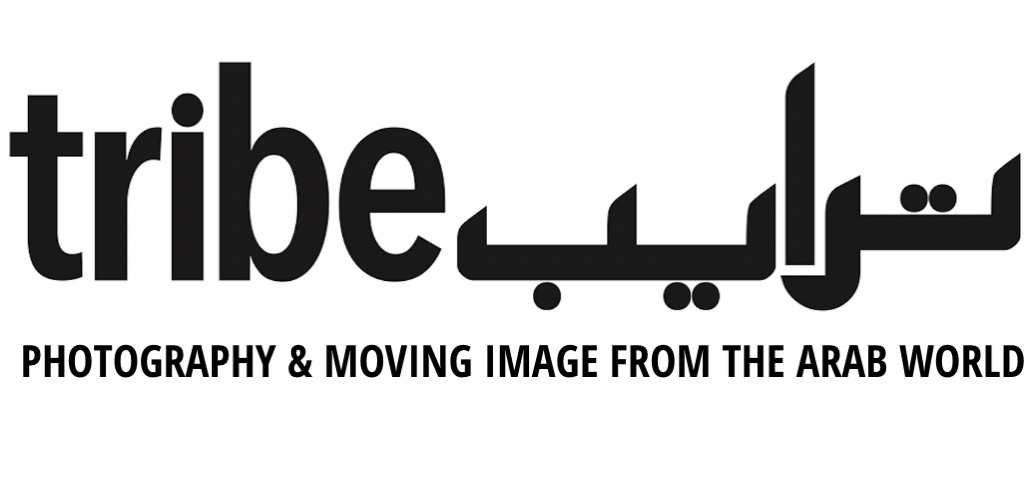Dia Mrad: Preserving History & Capturing Transformations in Beirut
A photographer’s exploration of historic buildings in Lebanon’s capital
Dia Mrad, Naccach House—Before, from the series Old Beirut (May 13th, 2020) FineArt Inkjet print on archival Hahnemuhle paper, 30 x 38 cm. Edition 1 of 5. Courtesy of the Artist.
With text by Stella N Peisch, researcher and consultant with a focus on post-conflict, memory, and dynamics around death in the Middle East.
In Lebanon, individuals from all backgrounds have had to endure the fallout of basic necessities, spaces, and plans slipping increasingly out of their reach over the past three years. The country has had to contend with the on-going dynamics of the economic collapse, current political crisis, and the COVID-19 pandemic, deteriorating conditions of which have been compounded by the cataclysmic event of the August 2020 Beirut port explosion. These events have caused immense suffering, lost livelihoods, shuttered storefronts, and blockaded streets. Through the fray, there is a recognizable figure deftly weaving through the debris, climbing onto scaffolding, and folding himself into corners, all in the service of documenting the changes to Lebanon’s capital while rendering access to inaccessible spaces.
Architect-turned-photographer, Dia Mrad gracefully ducks through shattered doors and steps over piles of broken buildings, distinguished by his agility and ever-present camera. Mrad started as an Architecture student in Lebanon, an experience that ingrained in him a respect and appreciation for the social context and environment around heritage buildings. A trip to Italy exposed him to the European way of preserving valuable historic architecture by repurposing buildings for use while protecting their cultural and artistic elements. He marveled in Florence in particular, at the extent to which historic buildings were not only well-maintained, but also highlighted as sites of national and city pride, all while serving as actively-used residential and commercial spaces.
This approach of celebration and accessibility of historic buildings as central to the identity of the city remained with Mrad when he returned to Beirut. He began to ruminate on the important role that architecture and urban design could take on if and when governments took care of and promoted them as urban icons. He felt that Beirut had such iconic buildings, but just in poorer condition. Instead of the tourist promotion of Lebanon through the relied-upon natural elements, such as the Pigeon Rocks or Jeita Grotto, he felt the city’s historic houses were more interesting and better captured Lebanon’s character. Thus, he embarked on a journey to understand how Beirut as a city was developed, focusing on how adjacent streets could have such different atmospheres, and how much emotion one small corner of a road could conjure up. He attempted to get a list of all heritage buildings in Beirut, but was denied access. Beginning in 2019, however, he set out with his camera, photographing streets, houses, and corners that caught his attention. In this way, he started systematically documenting Gemmayzeh, Mar Mikhael, and Bourj Hammoud, working independently and publishing his work on Instagram. By the summer of 2020, his collection of documented buildings throughout the capital had grown exponentially.
Today, it is clear that Mrad was right in sensing the precarious condition of historic Beirut buildings and in believing in the importance of capturing this extensive catalog of buildings. Mrad was unfortunately proven right with the explosion at the port of Beirut on August 4th, 2020, which destroyed massive parts of the city, the explosion suddenly cast his previous photographs into “befores.” Mrad wasted no time getting to work capturing the city’s “afters.” One of his photographs from the days immediately after the explosion captured a mural of Khalil Gibran on an interior wall, now visible and exposed to the street through the building’s completely destroyed exterior. The photo went viral and embodied the damage of the explosion to Beirut’s cultural and artistic heart in the center of the city. The mural itself collapsed shortly after he took the photo, solidifying Mrad’s skill and value in preserving scenes prior to and after the destruction.
Mrad’s keen eye (and long limbs, he stands at over 6 feet) allows for access, perception, and capture of quotidian scenes in Beirut that are actually ephemeral in the rapidly changing and volatile context of Lebanon. Shadowing Mrad—as I have had the good fortune of doing several times—requires stamina, comfortable shoes, and a willingness to be covered in dust and construction material. It also means taking on personal risk, testing out the durability of partially collapsed floors, climbing on top of water tankers, and tight-rope-walking along temporary scaffolding to reach his desired viewpoint. Nooks and crannies are Mrad’s expertise; and he does not think twice before squeezing into, over, and under tight spaces in order to capture the perfect shot. Mrad is able to sense value and identify elements worth protecting before they are universally deemed worthy: but what makes him stand out as a photographer is that he brings the viewer with him, regranting access to the city through his photographs.
Dia Mrad has an upcoming solo exhibition at Art Dubai in March 2022.
Dia Mrad, Naccach House—After, from the series The Morning After (August 11th, 2020) FineArt Inkjet print on archival Hahnemuhle paper, 30 x 38 cm. Edition 1 of 5. Courtesy of the Artist.



